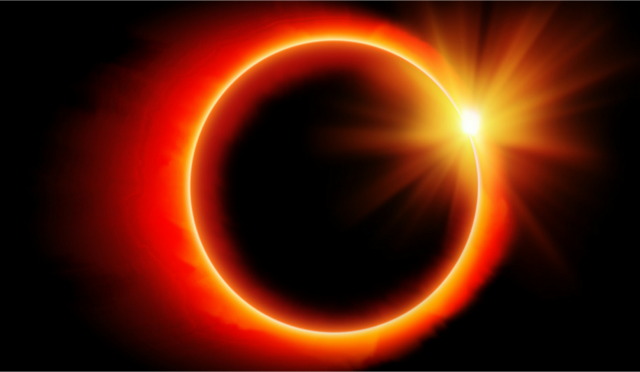Like most of the nation, on August 21, I was captivated by the solar eclipse. I live in Baltimore, which was not in the path of totality, so my viewing plan (pre-August 21) was fairly low-key. I planned to watch the once-in-a-lifetime astronomical event unfold via social media and my laptop. I didn’t get the proper eyeglasses in advance nor made plans to watch it with others. But what I experienced as the moon moved across the sun was a convergence of technology, science, social media and human connection unlike anything I have witnessed before.
Full disclosure: While I am president of an educational marketing firm, I am surrounded by science daily. My wife has taught high school chemistry for over 30 years, and both my daughters excelled in STEM during high school and one is majoring in it at college. Dinner conversations about what was going to happen and the build-up to the event on social media notched up my excitement for the eclipse.
On August 21, I watched coverage of The Washington Post on Facebook Live, which had a team of reporters around the country in the path of totality along with a panel of reporters. The Post also had scientists and eye doctors, along with anchors, on a nice-looking balcony in Washington, D.C., where there the eclipse (as in Baltimore) was about 80% sun coverage. The reporting was excellent all around. As one who knows first-hand the value of social media to share a message, using Facebook Live gave me a true sense of being part of a larger event. While I was in a desk chair in the Kalix offices, I felt as if I was in Oregon, Idaho, Kentucky and South Carolina.
CNN’s high-tech approach included an online 360-degree view, sponsored by Volvo, with reporters also in the path of totality at several locations. As the user, I could see an entire 360-degree view from where each camera stood. This was an amazing experience. CNN LINK.
What I had not anticipated as I watched and listened was hearing the crowds of people as reporters and anchors shared the real-time excitement. In today’s warp-speed news cycle and jaded reporting and viewing, I had questioned whether we have lost of our ability to be amazed by anything, much less something quite literally as ancient as time and as far from swiping, pinging and texting as we could get.
We haven’t.
As the solar eclipse coverage continued, I could hear others in my office and throughout the building sharing their excitement. At 2:30 p.m. EST, I logged out and joined about 40 people to stand in a parking lot in Baltimore and pass around solar viewing glasses. It was surreal. And humbling.
The light in the Baltimore sky was incredible, and to see the solar eclipse in person, even at 80%, was amazing. My technologically enhanced online experience added so much more to what I witnessed in the parking lot. And thanks to social media coverage and others’ posts, before, during and after, I felt part of something much larger. And still do a week after the eclipse.
I have long known the power of science to amaze and inspire. It was wonderful to see technology add dimensions to my and others’ experience, whether through reporting or watching someone’s Instagram video in the path of totality. But for me, the lasting take-away from the 2017 solar eclipse is how science and technology brought people together. On the Oregon coast, on a mountaintop in Montana, on the beaches of South Carolina and in backyards and parking lots across the country (and across the social media universe), we came together to be collectively amazed by something that lived up to and moved beyond its hype.
Yes, by August 22, we were back to stories of the solar eclipse traffic gridlock nightmares and Netflix experiencing a 10% drop in viewership during the eclipse. But the solar event of the century reminded me, once again, of the power of connection and community. It’s one science lesson I won’t soon forget.
Jonathan Oleisky is President of Kalix Marketing

